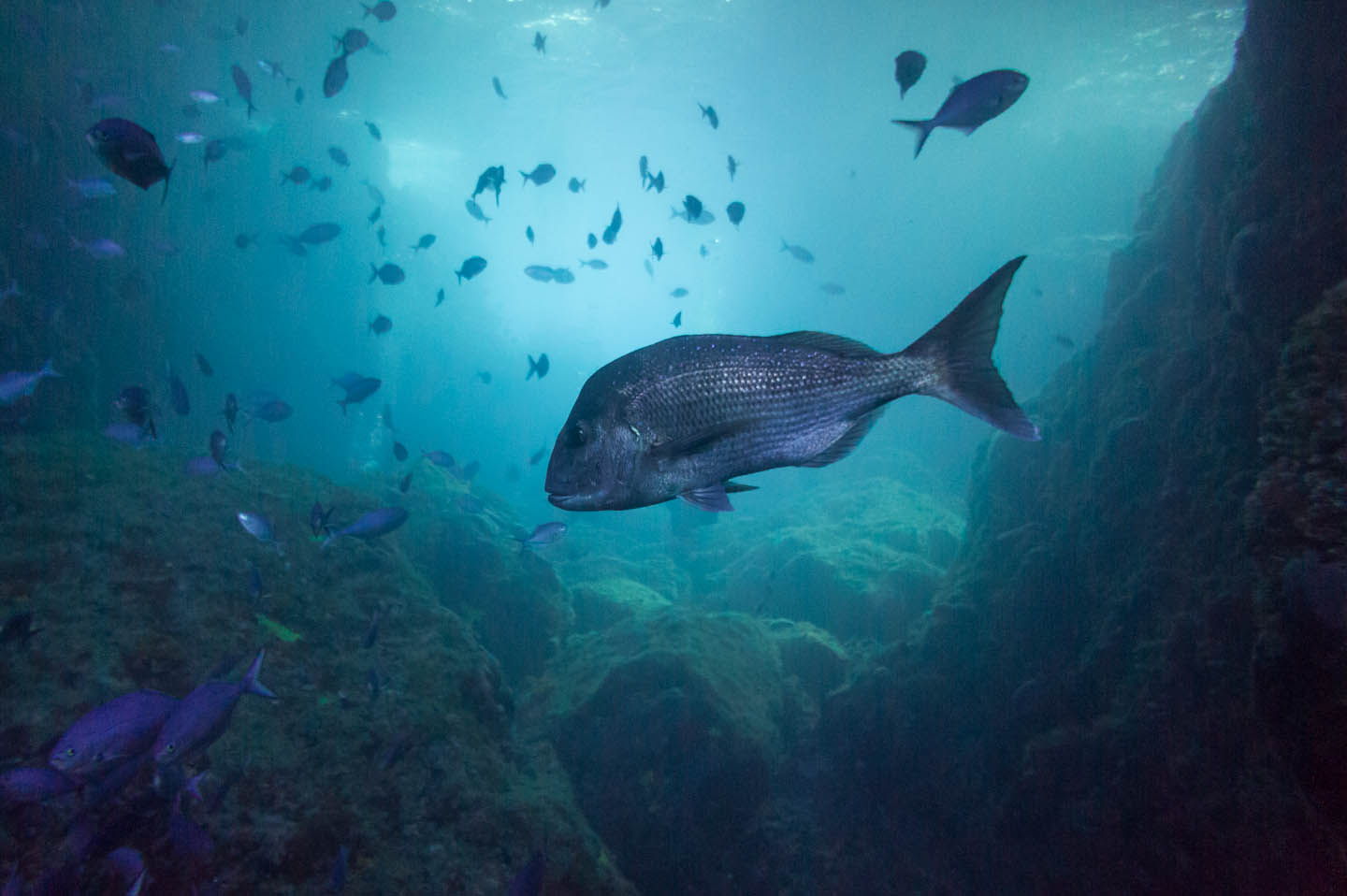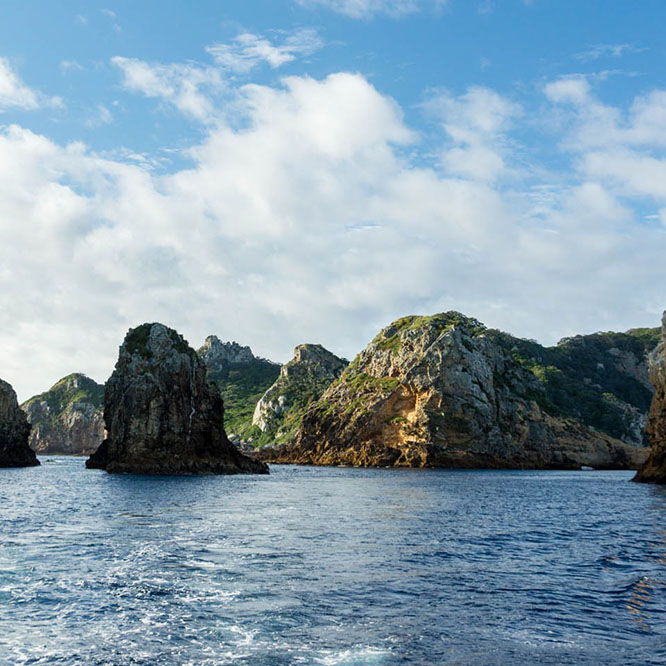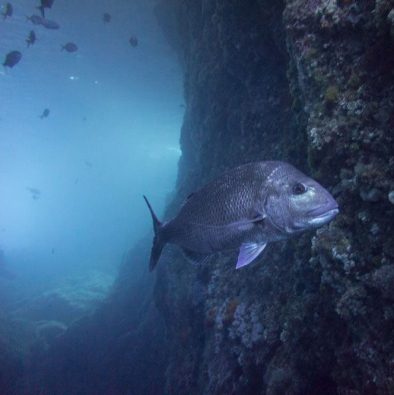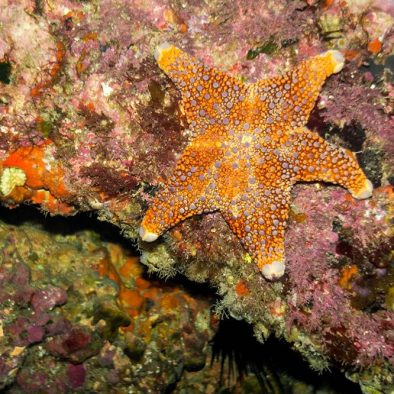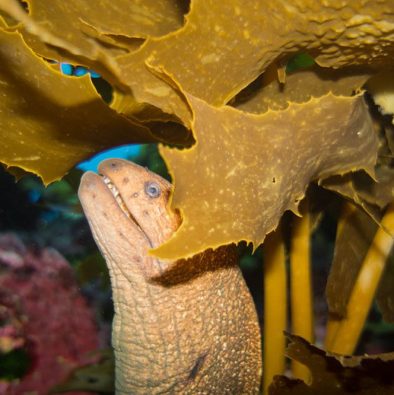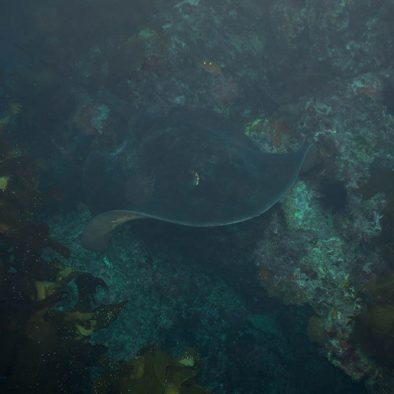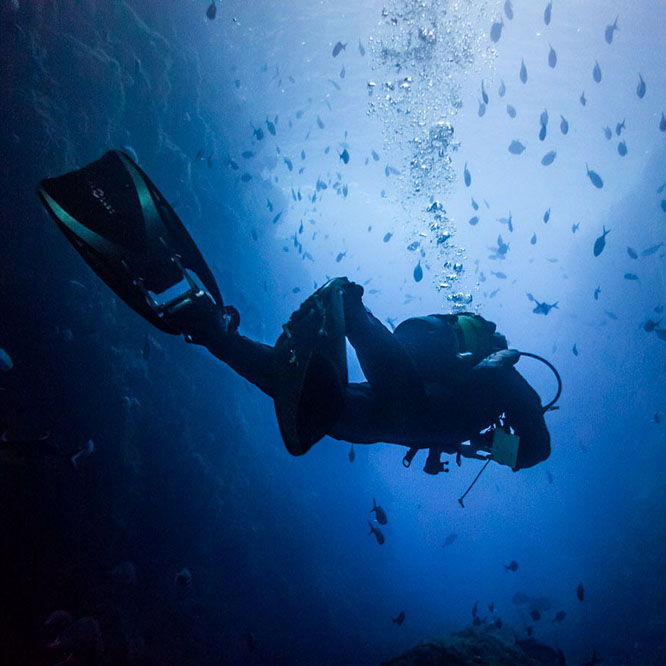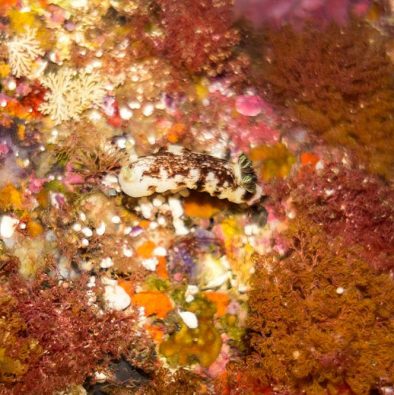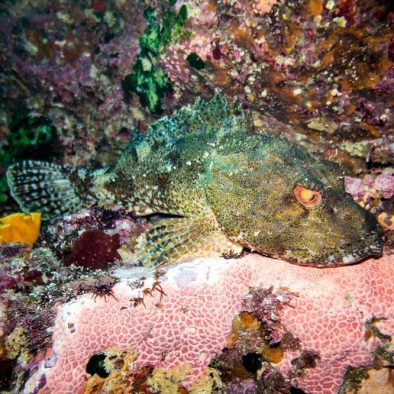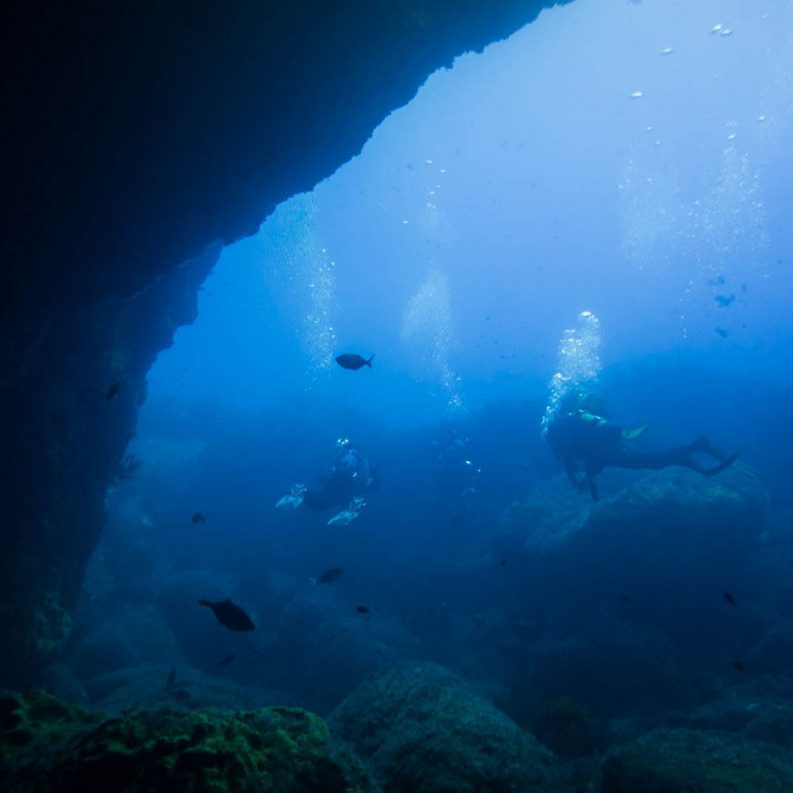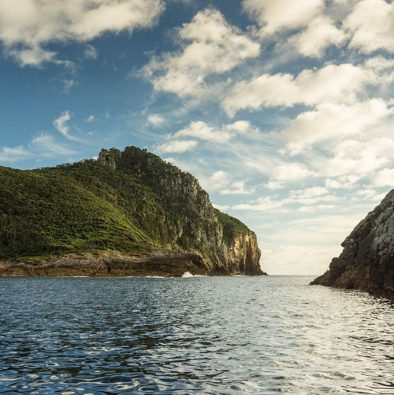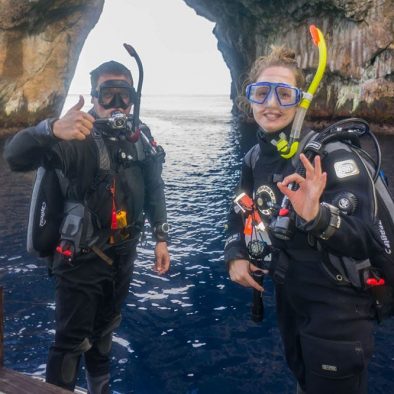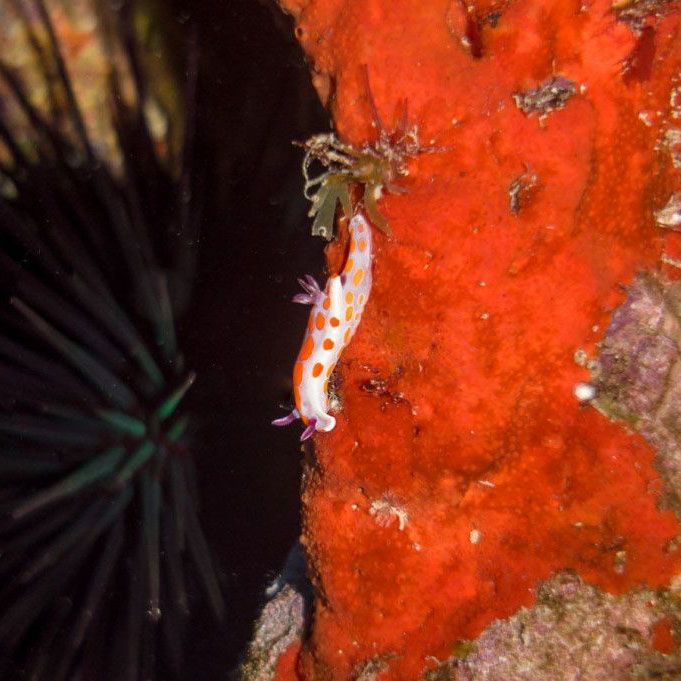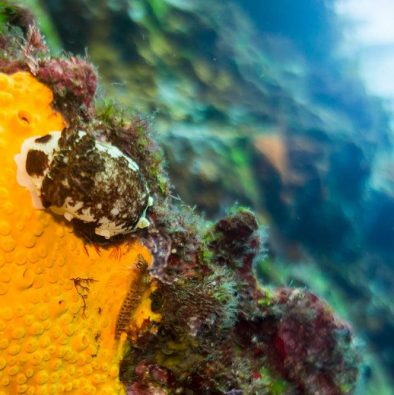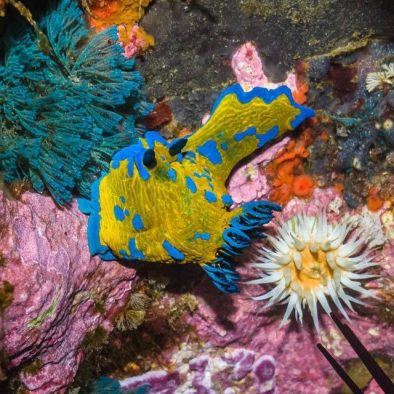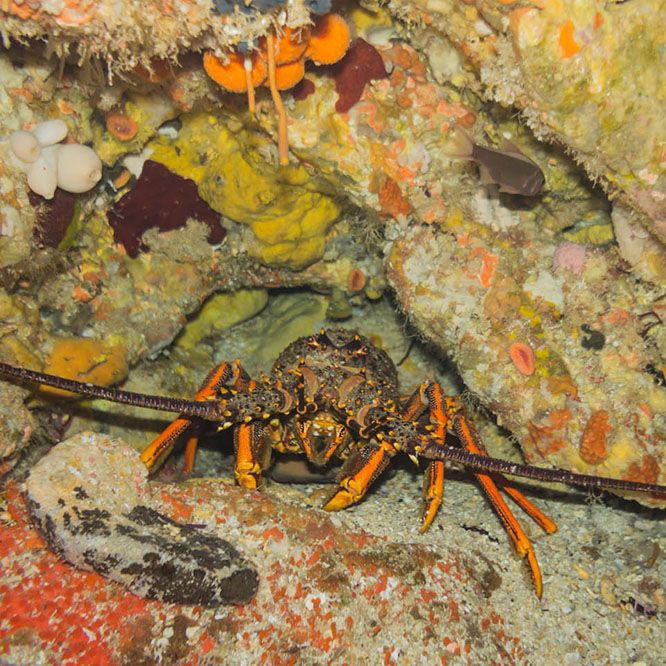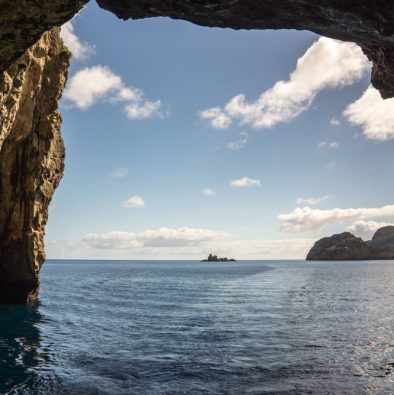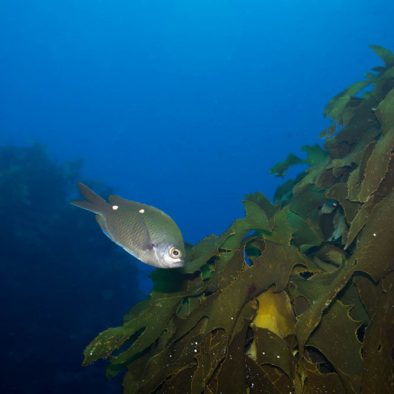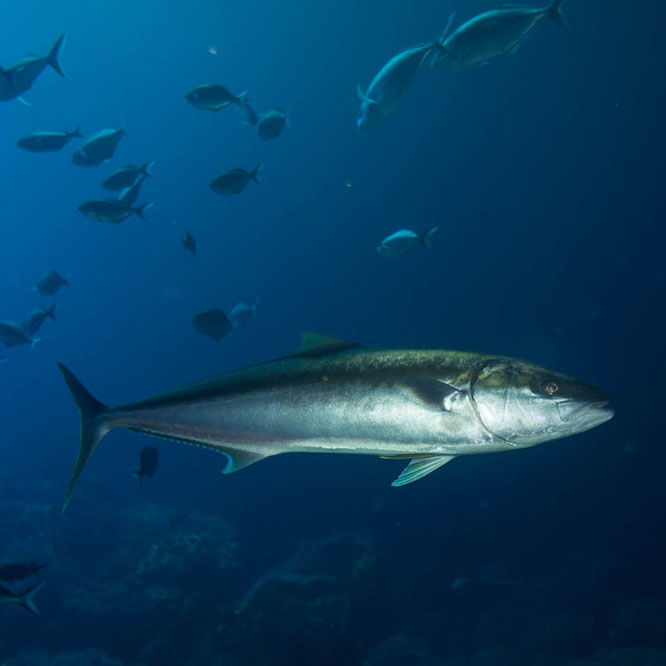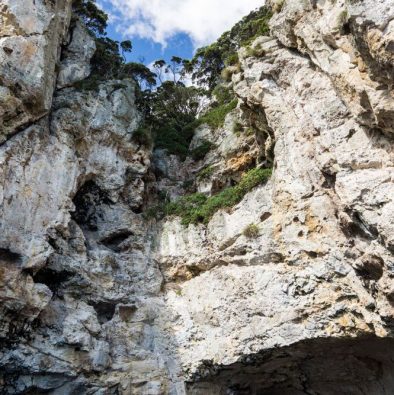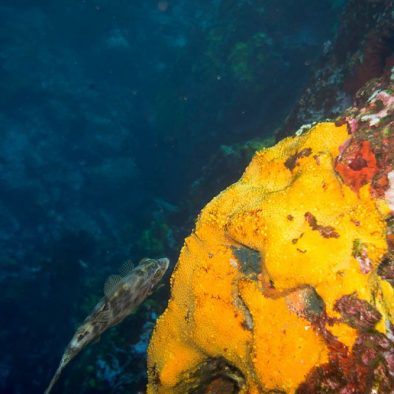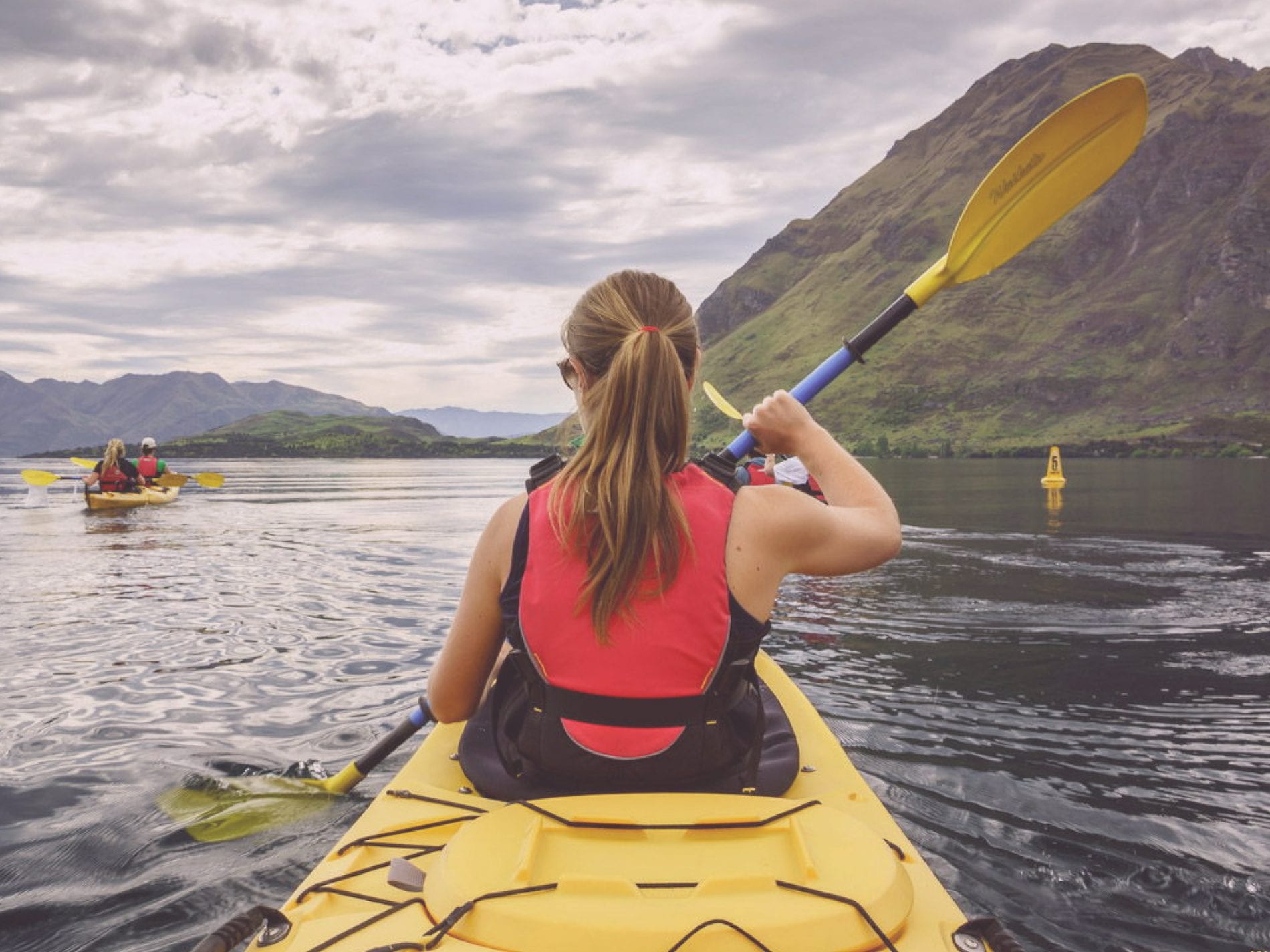At first light the volcanic shores of the Poor Knights Islands appear transcendent in form.
As the sun rises higher in the sky they take on almost sentient nature, as though aware of the world they inhabit.
Legend has it that the islands are cursed or ‘tapu’. No longer a place where mankind is welcome, the islands are scared by the violent deaths of the people who once called them home.
Uninhabited since the 1820s, the islands are the eroded remnants of a 4 million year old volcano. Submerged by rising tides the islands play host to a wealth of marine life quite unlike anywhere else in New Zealand.
PHOTOGRAPHING THE POOR KNIGHTS ISLANDS
Photographing the Poor Knights Islands is incredibly rewarding for anyone. Whether you’ve got a professional underwater rig or a point and shoot in a waterproof housing, you’ll come away with images that capture the essence of the islands.
Because of their volcanic composition the islands are an architectural playground for those who dare to explore the depths surrounding the shore. Tunnels, bubble caves, swim-throughs and gargantuan archways await divers who descend below the waterline.
Thanks to a unique combination of factors the region has become a haven for marine life of all colours and species .
The islands’ close proximity to the continental shelf along with the influence of the subtropical current that sweeps south from Australia’s Great Barrier Reef, has enabled a nutrient rich environment that attracts an incredible range of marine life.
Add to that mix the eco conscious management of the islands and surrounding waters by New Zealand’s Department of Conservation, and you have perfect conditions for a abundant marine milieu.
Note that due to the conservation restrictions in place you can not fish or hunt (even with the correct equipment) within the boundaries of the park.
SCUBA DIVING THE POOR KNIGHTS ISLANDS
Diving at the Poor Knights is world class.
Having recently spent two weeks immersed in the gin clear, nutrient rich waters of Australia’s Coral Sea I thought perhaps the Poor Knights might not live up to expectation.
I was wrong.
Stepping off the boat into the water I could see the colourful corals below creating a watercolour artwork on the surface. Immersing my face I looked left and right, the visibility stretched out before me reaching far into the distance.
With no pollution from river run off or human waste, the waters that surround the islands offer divers superb visibility. A factor which only serves to highlight the sheer scale of the architectural marvels below the waterline.
Schools of Kingfish, Snapper and Mackerel sweep through with the current and the endemic Pink and Blue Mao Mao can be found hanging around in large shoals under archways and in caves.
At Blue Mao Mao Arch the iridescent fish to which the site refers are known to obscure divers’ vision of the arch with a living wall of fins and tails. They can also be seen cleaning by brushing back and forth on the large sponges that litter the floor.
This kind of behaviour is seldom seen thanks to the destructive impact of the fishing industry which is known to alter the natural behaviours patterns of the marine life close by.
A VIBRANT MARINE ENVIRONMENT
The dark volcanic rock that rises from the sea bed serves as a platform for vibrant hard and soft corals, as well as fields of emerald kelp which offer shelter to so much of the native marine life.
In the depths large rays, turtles and even sharks can be found. We saw numerous rays during our weekend at the islands and even heard a tall tale of a Bronze Whaler being sighted using one of the arches as a base. Hammerheads, Mako and smaller reef sharks have also been seen.
At the famed RikoRiko Cave the remains of a Sperm Whale lay scattered on the sea bed. Forged by a massive air pocket trapped in the piping hot lava that exploded from the earth’s surface some nine million years ago, the cave is a natural wonder in itself.
While on the outside it appears rather small, once you’re inside it opens up into a gargantuan hollow concealed within the rocky cliff.
DIVE RECS FOR DIVING THE POOR KNIGHTS ISLANDS
We joined the team at Global Dive for their weekend live aboard trip. Operating a monthly excursion to explore the Knights aboard a purpose built vessel this is the only way to dive the islands.
This was the 2nd time we’d dived the Knights with Global Dive and both times we were thrilled with every aspect of their operation.
The crew are veteran guides who know each dive site like the back of their hand. Each dive was planned knowing which sites suited the current weather and water conditions which made it easy on the divers and ensured a positive experience for all.
Having first dived the Knights in December 2012 wearing a 5mm two piece in water temperatures of around 16 degrees centigrade, we opted to rent dry suits despite the slightly more hospitable 19 degree water we saw in March 2014.
Should you feel that you’d benefit from the additional warmth a dry suit offers at depth, then I highly recommend leaving your wet suit behind!
I feel the cold and during our 2012 trip missed out on the night dive due to a drop in my core temperature by the end of the day. The dry suit allowed me to dive without fear of having to return to the boat before the end of the dive.
For more information and to book your dive trip to the Poor Knights contact Global Dive’s sister company First Light Travel.
This article is part of our Snapshot Series. Don’t forget to follow us on Instagram for more awesome #travelgrams.
Have you dived the Poor Knights Islands marine Reserve? Share your comments below.

